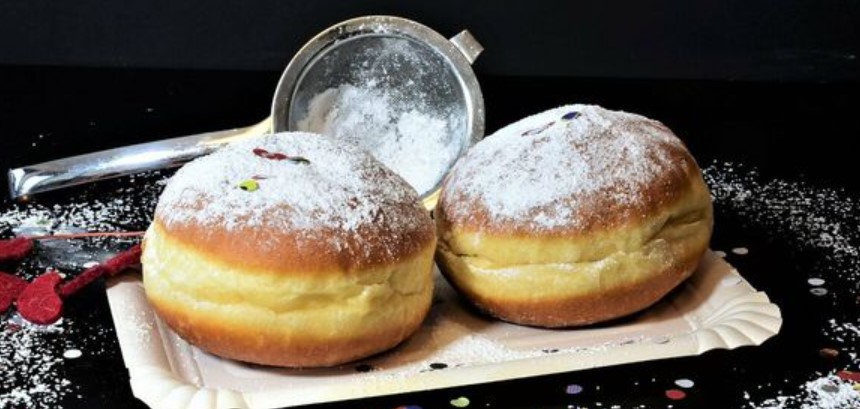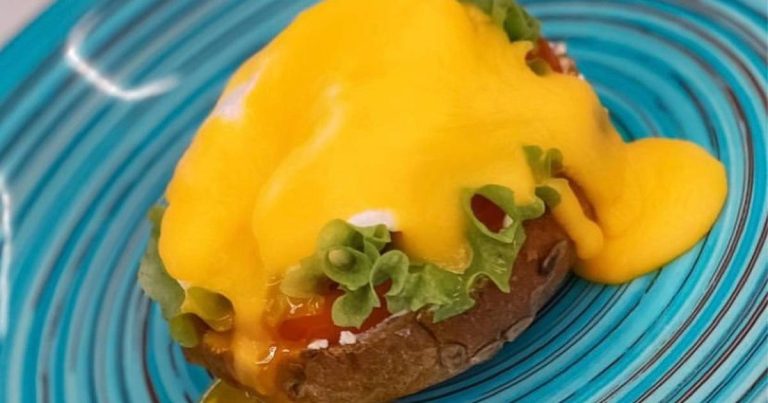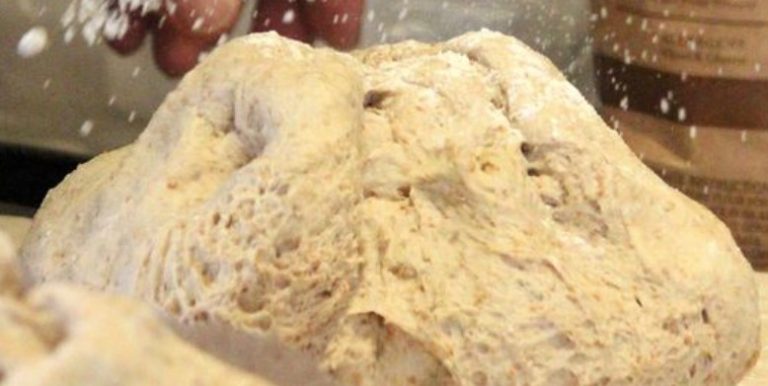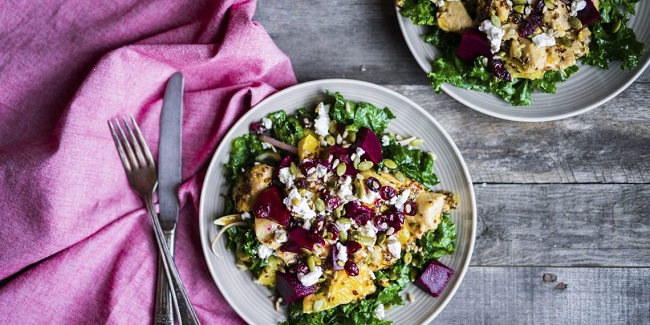An apple punch warms you up from the inside after a walk on cold winter days. Because this apple punch recipe does not contain any alcohol, it is also suitable for children.
Apple punch is a fruity alternative to classic eggnog or mulled wine at Christmas time. Boiled and filled into pretty glass bottles, it also makes a good gift.
We’ll show you a simple recipe that doesn’t contain any alcohol – so it’s also perfect for Dry January. You will also learn how you can vary your apple punch.
You need these ingredients for apple punch

For two liters of apple punch you need the following ingredients:
1 liter of water
6 tsp fruit tea
2 organic oranges
5 cloves
2 sticks of cinnamon
1 liter of apple juice
Sugar or honey to taste
To cook the apple punch, you need a large saucepan with a lid.
Preparation time: 5 minutes
Cooking time: 20 minutes
Cinnamon is indispensable in the winter time. However, by the time it ends up on our shelves, it has had to travel long distances. Buy organic spices and also look for fair trade cinnamon. This is how you can support fair working conditions.
Also make sure that the other ingredients for your apple punch are organic and of regional origin. Products from the region have shorter transport routes and are therefore better for the climate.
Apple punch: the preparation
The apple punch is quick and easy to make. Follow this guide step by step:
Boil the water for the non-alcoholic apple punch in a kettle or saucepan. Put the fruit tea in a teapot and pour the boiling water over the tea. Let the tea steep for eight to ten minutes.
Wash and slice an orange. Stud the slices with some cloves as shown in the picture above. With this trick you can easily remove the cloves from the finished apple punch.
Squeeze the second orange and pour the orange juice into a large saucepan.
Add the apple juice, spices and some sugar. Stir the liquid well to dissolve the sugar.
Warm the apple juice gently, it must not boil.
Pour the finished tea through a sieve into the apple juice.
Season the apple punch with sugar or honey and stir well until the sugar has dissolved.
Heat the apple punch to just before boiling point without boiling it.
Let the apple punch stand for five to ten minutes so that the aroma can develop fully.
Apple punch: possible variations

This is how your apple punch tastes a little different:
Use two organic lemons as well. Slice one lemon and squeeze the second.
Cut an apple into small pieces and put a few pieces directly into the cup. It looks nice and the apple pieces quickly cool the apple posh down to drinking temperature.
The color of the apple punch depends on the type of tea. Use apple peel tea for a light apple punch. Fruit tea with hibiscus or rosehip gives the apple punch a reddish colour.
Add 2-3 slices of ginger root to the apple punch. The fiery taste of ginger also warms you up.
Two to three pieces of star anise add variety to the taste of your apple punch.
Try to reduce or eliminate the sugar altogether. Apple juice is naturally sweet. Alternatively, you can also cook a few raisins, as they sweeten the apple punch slightly.



















